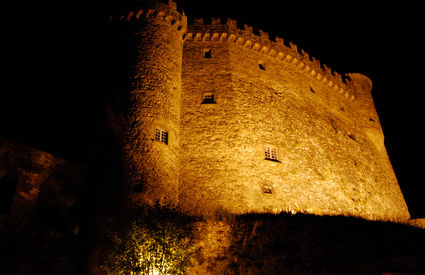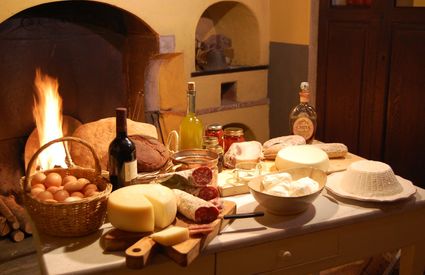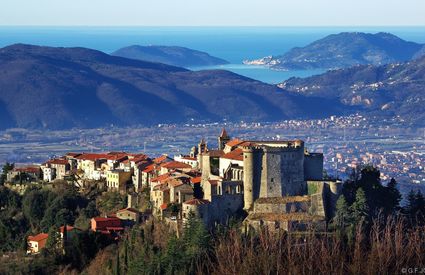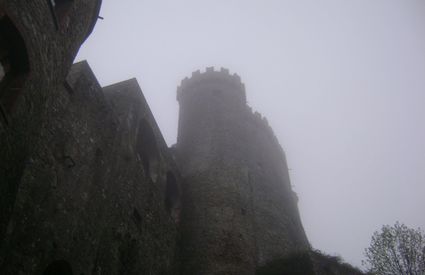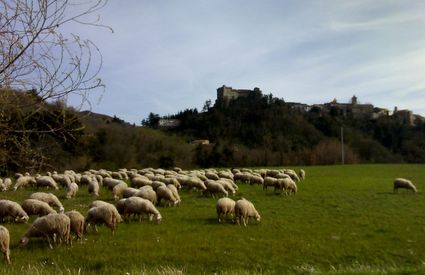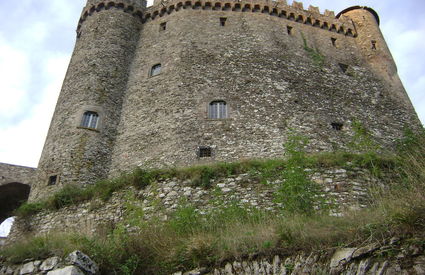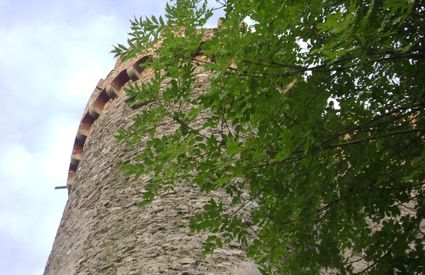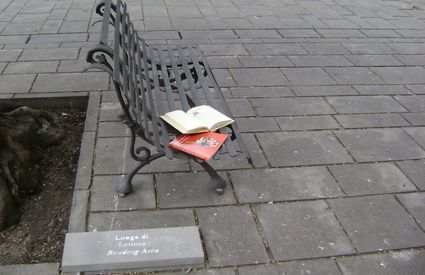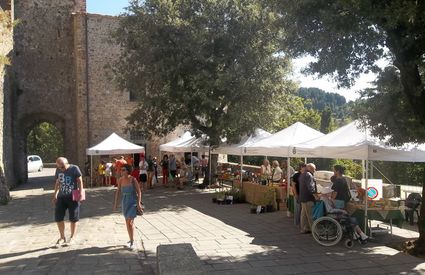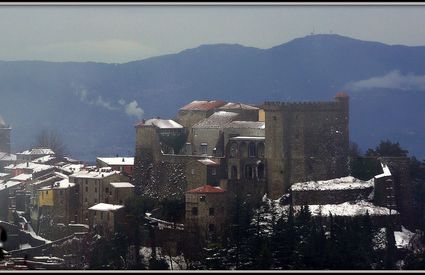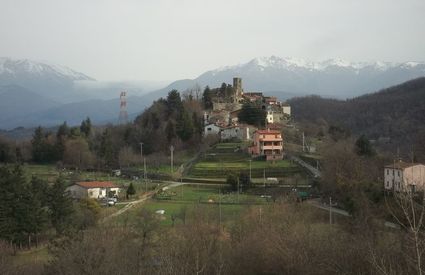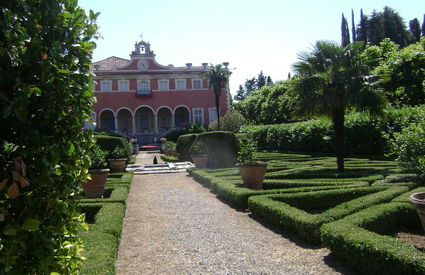Fosdinovo
Four seasons and a revolution
Discovering Fosdinovo through castles, legends, ghosts and an untamed, irreverent spirit
Four seasons and a revolution
Discovering Fosdinovo through castles, legends, ghosts and an untamed, irreverent spirit
Winter: the Christmas log
On a cold Christmas evening in 1388, Giovanni Manzini, a humanist and a merchant, made a stop in Pulica to attend celebrations of the Ceppo di Natale or the “Christmas Log”—an enormous tree trunk that was burned after he’d been given the first slice of a bread loaf cooked especially for that Christmas night. The warmth of the fireplace, spontaneous invitations and quirky guests all remain traditional parts of the culture of Pulica and Fosdinovo in the Lunigiana.
Spring: a young bride-turned-ghost
The second is a story of violence and defeat—and the one who went through it was a woman, still a child at heart. Beautiful, noble and rich, but unhappy. Her name was Bianca Maria Aloysia and she might have been a Malaspina. Her young heart soared for a young man she'd watch from the height of her castle towers, down in the stalls. Since, of course, dai diamanti non nasce niente ma del letame nascon i fior, (diamonds create nothing, but flowers can rise up from the muck), her gaze stayed firmly locked on him. But her father’s stern, watchful eye and her mother’s complicity aimed to break off that dream, and her with him. Still today, some say that something appears before those who sleep in the Castle or cross through the night fog of Fosdinovo. If it happens to you, don’t be afraid: it’s Bianca: call out to her—she’ll respond.
Summer: an irreverent statement
“Oh, my!” In the memories of the many who’ve visited the Malaspina castle, something always makes a lasting impression (beyond just the ghost): the total disdain of one particular deer, showing off its backside to anyone who looks at it. It’s the work of an irreverent and bold painter, who aimed to show how the power of the marquises had compromised his dignity. If you happen to find yourself in this beautiful castle room, ask to see the behind: hey, it’s a symbol of freedom!
A "warm" autumn...
Today we’d probably call it a warm autumn when thinking of a story like this. Behind Villa Malaspina, at the Caniparola di Fosdinovo, there’s a mine (in those parts they also make a wine called the Merla della Miniera—it might have warmed up the area residents’ souls…). The mine was, essentially, the birthplace of a new world: in the 1800s, the miners created a secret cult, the Congiura, where the idea that all men are (get this) created equal—was born.
A theatre, a count, a poet and a revolution
If you come to Fosdinovo, you’ll pass through the main Porta (gate), enter the Tower and walk through the town. The first building that you’ll come upon—marked by a marble portrait—is the Theatre. Here the local native Foscolo worked; one of his young relatives, Count Giovanni Fantoni (in Arcadia known as Labindo), invented the typewriter. He’s known for his indignant letter to Napoleon after the Campoformio disappointment, as well as his strongly worded notes against the Ancien Regime.
Further ahead, enter the Church of San Remigio and take a look at the bases of the side altars: you'll notice that all of the emblems have been damaged. These are the noble coats of arms that the violence of the French Revolution and its Jacobin Club aimed to destroy, a move indicative of Giovanni Fantoni and his free spirit.


